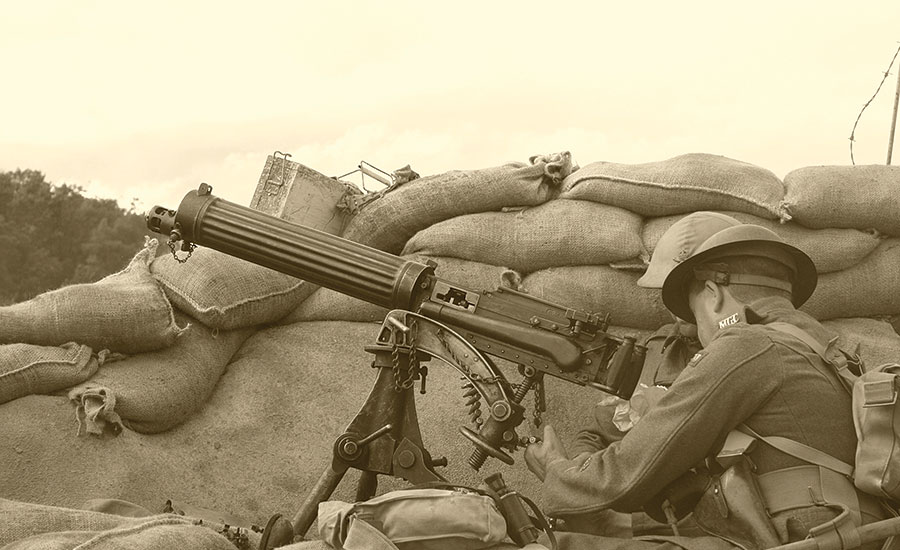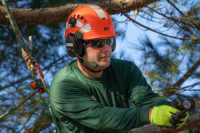Modern hearing protection largely owes its existence to 20th century warfare, which brought attention to the problem of noise-induced hearing loss. Soldiers’ ears were being assaulted by the cacophony of loud battles long before that, but the effects of those audio onslaughts on one’s ability to hear were not well understood. Still, as early as the 16th century, a French army surgeon named Ambroise Paré documented the acoustic trauma he observed in a number of the soldiers he treated.1
Washington’s hearing loss
Two hundred years later, many of the men who fought in the Revolutionary War — including General George Washington - experienced hearing loss in their later years, possibly due to the clamor they were exposed to during battles. By the end of the American Civil War, nearly a third of Union Army soldiers had been diagnosed with some degree of hearing loss.2
Although the first patent for an earplug was obtained in 1884, resistance to the use of hearing protection during warfare remained, due to a generally accepted belief that hearing loss could be prevented by developing a tolerance to noise – a notion that held sway into the early 20th century.1
Soldiers in World War I were exposed to the sounds of new, noisier magazine and belt-fed weapons as well as exploding shells from artillery rounds that reached noise levels of 140 dB or more and could sometimes be heard in London, some 200 miles from the front. They were also subjected to the blasts of grenades (164 dB), mortars (185 dB) and gunfire from small arms. The result, predictably, was a high rate of hearing loss. For instance, records show that some 10-20 percent of soldiers who served in the French Army during WWI received pensions due to hearing-related disabilities.3
Early earplugs
Some new hearing protection devices did come into use during this time, like Mallock-Armstrong “Ear Defenders,” which were distributed to the British Army. Made of tin and brass, these earplugs promised to deliver “ordinary sounds and conversations heard as usual. Gunfire and shell bursts rendered harmless.”
A landmark study conducted in the early 1940s by U.S. Army researchers put to rest the noise-exposure-makes-your-ears-tougher theory and resulted in recommendations (but not requirements) that gun crews, gunnery instructors, and others who were routinely exposed to gunfire blasts be provided with hearing protection.1 Among the newer devices were “Ear Warden” V-51R single-flange ear plugs, which were developed toward the end of World War II. Popular with artillery crews, the V-51Rs were produced in three sizes in order to fit a wider range of ear canals – an innovation at the time.
By the end of World War II, U.S. Army doctors were placing considerable emphasis on the need to provide aural rehabilitation for returning veterans who were eager to return to productive civilian lives. These services were provided in part by the newly re-organized Veterans Administration, and by government-sponsored aural rehabilitation programs conducted by universities with audiology clinics.1
- https://www.ncbi.nlm.nih.gov/pmc/articles/PMC2636536/
- Sewell R, Song C, Bauman N, Smith R, Blanck B. Hearing loss in Union Army veterans from 1862 to 1920. Laryngoscope 2004;114:2147–2153 [PubMed]
- http://hearinghealthmatters.org/hearinginternational/2014/hearing-loss-trenches-wwi/




